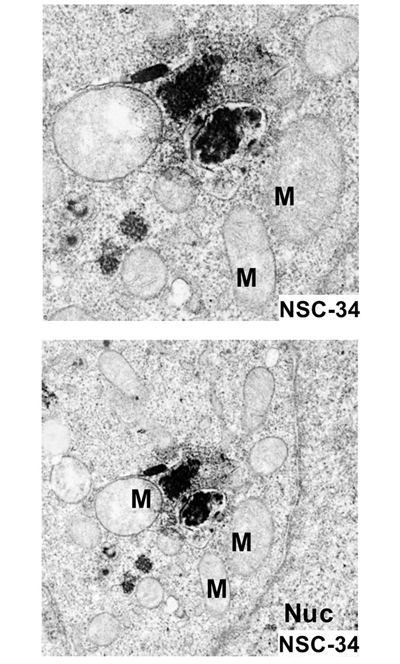Found – Protein Used by Virus to Infect Central Nervous System in Hand, Foot and Mouth Disease
Infection with enterovirus 71 (EV71) is the main cause of hand, foot and mouth disease (HFMD), a highly contagious disease that usually affects children younger than five years.1 In most cases, the disease causes relatively mild symptoms such as fever, skin rashes and mouth ulcers. However, in a small proportion of patients, the virus infects the central nervous system (CNS) and can cause potentially fatal conditions such as pulmonary edema and brainstem encephalitis. If the patients survive the CNS infection, they may still experience longer term effects, including cognitive problems.
The mechanisms by which EV71 infects and replicates in the CNS are not well known and have been the subject of much active research. Earlier this year, researchers at NUS Medicine were the first to identify the host protein, prohibitin (PHB), that is exploited by EV71 to infect and replicate in the CNS. The study was published in the Jan 2018 issue of the prestigious microbiology journal PLOS Pathogens.
The authors, who included graduate student Isaac Too and Associate Professor Sylvie Alonso from the Department of Microbiology and Immunology, focused on PHB out of a panel of proteins that changed in expression during EV71 infection of motor neuron cells. PHB, which occurs both on the cell surface and in mitochondria, is involved in many cellular processes. When the researchers blocked PHB on the cell surface using a specific antibody, the amount of virus in the cell decreased.
In addition, since PHB is also present in the mitochondria, the researchers examined its role in the replication of the virus inside motor neurons. True enough, they found that reducing the amount of PHB in the cells decreased replication of EV71. As further confirmation, a cancer drug that inhibits PHB (Rocaglamide A) hampered the replication of EV71 in the CNS, delayed the start of neurological symptoms and prolonged survival in preclinical models.
These various pieces of evidence indicate that PHB is involved in both EV71 entry and replication (making more copies of the virus) in neurons of the CNS, and that EV71 replicates in the mitochondria of these neurons (which was previously unknown). This discovery could pave the way for the development of treatments for the potentially life-threatening forms of HFMD.
Said Assoc Prof Alonso, “The identification of this protein opens up the possibility now to focus on drug development, since we have shown that targeting this protein allows us to fight the virus. We hope that as we accumulate more knowledge on this virus, pharmaceutical companies will decide to include EV71 in their R&D portfolio to support the research efforts led by academic institutions”.
Added Associate Professor Lee Yung Seng, Head of Paediatrics at the National University Hospital, “Essentially, the team has found the protein which allows the virus to get to the brain and cause complications. This protein represents a target for the development of specific treatments that are aimed at preventing this.”

Electron microscopy images of infected motor neuron cells.
References
1. Centers for Disease Control and Prevention. Hand, Foot, and Mouth Disease. https://www.cdc.gov/hand-foot-mouth/index.html. Updated January 6, 2017.
Accessed December 20, 2017.
